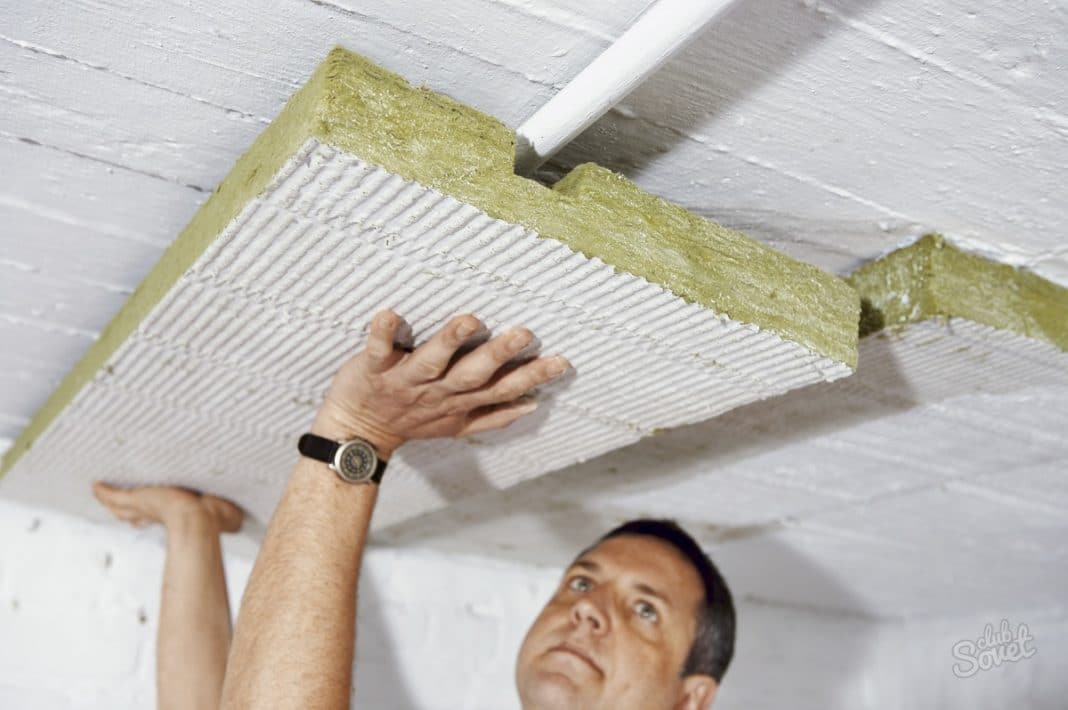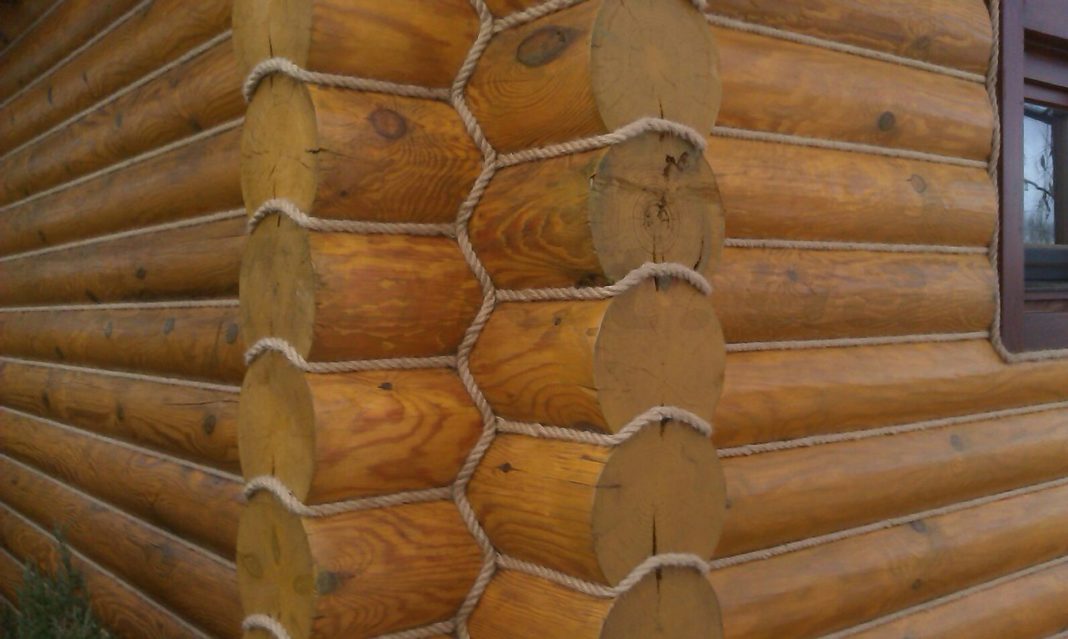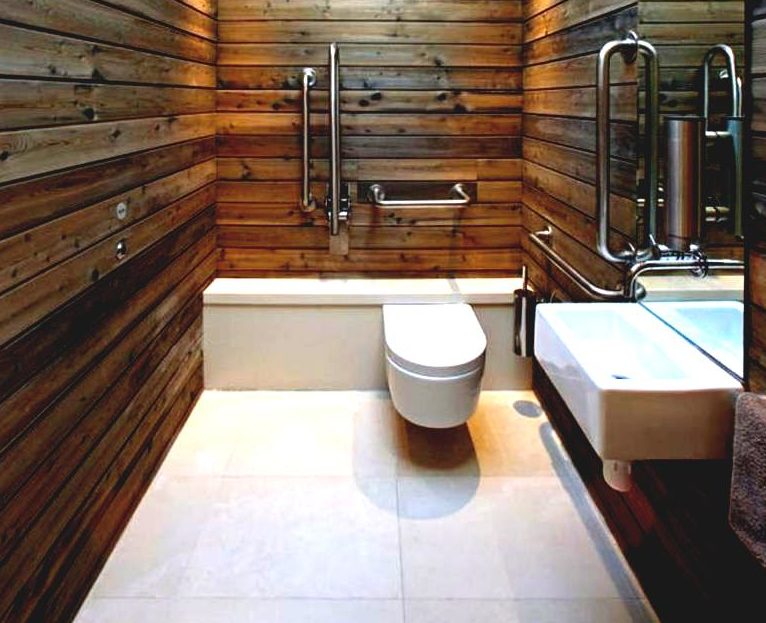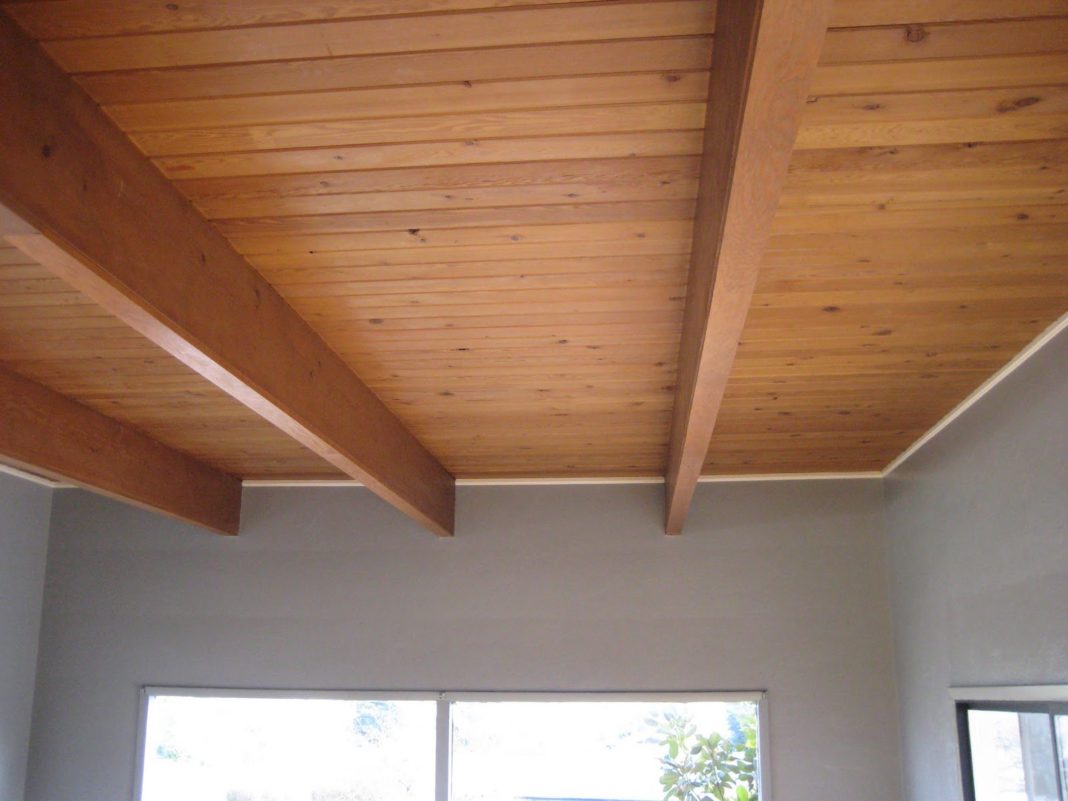The comfort of living in a home largely depends on the presence of quality protection from external noise. Soundproofing in a wooden house has its specifics and differs significantly from options for other types of buildings. The porous structure of the material enhances the degree of conductivity of acoustic waves and requires the use of special technologies.
Main Aspects of Noise Protection

Keramzit
It is recommended to carry out soundproofing work during the construction phase. If the technology is not followed, the wood will act as a resonator, amplifying the sound waves in the rooms. Installing protection in an already built house is more complex but feasible. A wide range of materials and installation methods allows you to choose the optimal option in each individual case.
Soundproofing in a wooden house should consider the nature of the noise. Several main variations of sound impact are distinguished:
- Acoustic (noise spreads through the air);
- Impact (sound arises vibrationally, comes from a solid medium);
- Mixed (combines acoustic and impact noise);
- Structural type (noise occurs in the presence of defects in the house structure).
There are no universal materials for soundproofing. The choice of a suitable option should be based on a specific type and level of sound absorption. The degree of intensity of sound propagation largely depends on the correct installation of cross beams between floors. Violation of installation, or the complete absence of these elements, becomes the cause of structural noise.
Types and Characteristics of Soundproofing Materials
A properly selected option will help create optimal soundproofing. It is important to carefully familiarize yourself with the quality and operational characteristics of modern means:
- Fibrous materials for the soundproofing layer. Available in roll or sheet form. Combined with other materials. Used to fill niches between ceilings and voids in walls.
- Underlayment (foil, polystyrene, cork). Muffles sounds in the area of floor coverings. Roll underlayments are used for insulating various partitions, beams, and floors.
- Felt. Used between floors for laying on beams, finishing joints. Reliably prevents the penetration of sound waves.
- Keramzit. The material is distinguished by its ecological nature and natural composition, convenient for insulating inter-floor overlays. Does not create a weight load due to the low specific mass of the raw material.
- Sand. Laid in the lower layer on the underlayment. Has optimal soundproofing qualities.
- Rough floor. Installed without fasteners, the material is presented in the form of OSB, particleboard sheets. Muffles sounds due to the absence of rigid fastening with the overlap.
Only a combination of several layers in a certain sequence can provide the required level of soundproofing. Due to the correct combination, a soundproofing “cake” is formed.
Principle of Installation
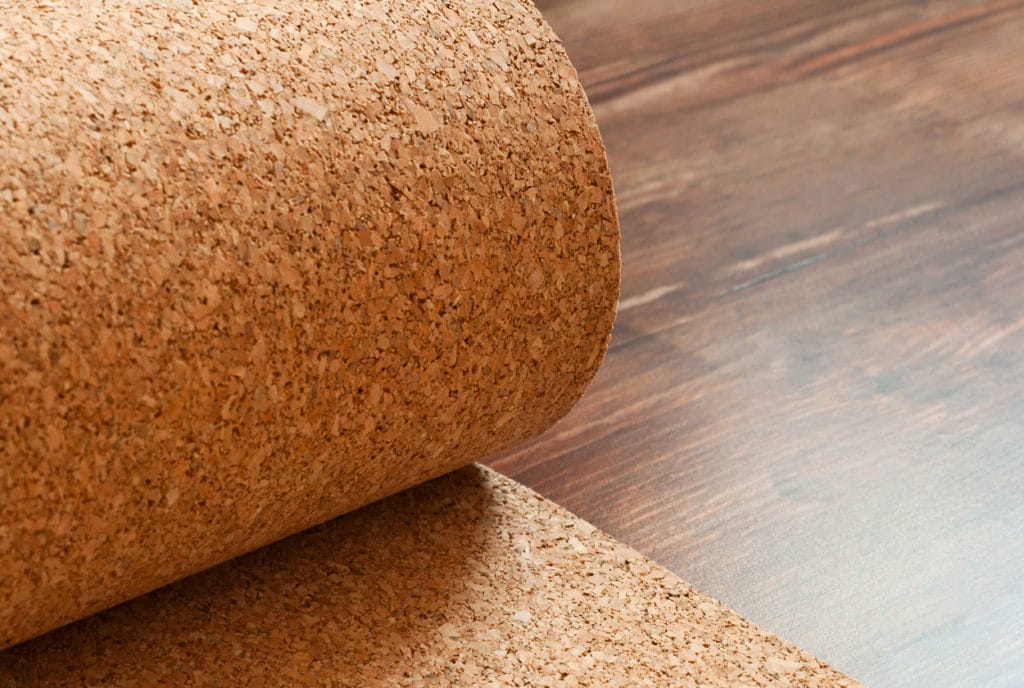
Rubber-cork underlayment
The installation process in a house with wooden overlays has its peculiarities. Preliminarily, it will be necessary to inspect all surfaces of the house, eliminate cracks, and defects. It is important to pay attention to factors that increase the noise level. The low ability of building materials to soundproof, old window and door structures, and weak sound absorption of internal finishes have a negative impact on the insulation of sound waves.
After eliminating defects, the installation of soundproofing layers is carried out directly. One of the ways to combine materials can be laying in the following sequence:
- Parquet materials;
- Particleboard, OSB sheets;
- Rubber-cork underlayment;
- Mineral wool;
- Vapor barrier material;
- Wooden lathing;
- Ceiling covering, sheets.
To achieve the desired results, you can replace the old decoration of window and door openings with new models with a sealant. External finishing works are carried out, taking into account the degree of absorption of sound waves by the coating.
Proper soundproofing in a wooden house will reliably protect the building from noise and significantly improve thermal insulation.
Methods of Soundproofing Overlays

Insulation using floating floor technology
Soundproofing of the floor in a wooden house can be carried out in two ways. The first option involves work during the construction phase, the second – on the finished floor covering. It is optimal to carry out the laying between floors in a grid of beams and bars. Pergamin, a vibration-protective layer, and a covering made of porous insulation material are used.
Quality soundproofing of partitions in a wooden house is created based on an underlayment laid in an overlap. Then the floor is laid, avoiding contact with the walls. All joints are subject to finishing with soundproofing strips. Also, reliable fastening of the baseboard is performed, preventing the spread of sound waves and vibrations. Soundproofing between floors in a wooden house is carried out comprehensively and is aimed at maximally muffling the impact type of noise.
Insulation Using Floating Floor Technology
In the case of the presence of a finished floor covering, soundproofing of the floor in a wooden house is carried out on top of the structure. It is important to carefully prepare the base, eliminating, with the help of a sealant, all cracks, seams, and cracks. Then you can use loose compositions (keramzit, sand), or polystyrene, mineral, basalt wool, felt.
A mandatory condition is the sequence of laying. The vapor barrier layer should be located under the sound-absorbing coating. It is recommended to provide for the presence of an overlap on the walls (about 15 cm). The use of roll materials is calculated for a margin of 10 cm for walls. The assembly of the floating floor lathing is carried out without fastening the beams to the base. Fixation with nails is allowed, which are removed at the final stage.
Stages of Work for Wall Noise Protection
Soundproofing of the wall in a wooden house is carried out based on the laying of materials in a metal or wooden frame installation. Mineral wool and gypsum board cladding can be used as a filler.
The initial stage of work is aimed at eliminating the paths of sound propagation. Proper soundproofing of the wall in a wooden house is possible if there are quality joints of surfaces. In the places of connection of walls with the ceiling and floor, it is necessary to eliminate all cracks, if necessary, increase the layer of plaster.
In areas of walls where sockets and switches are located, sound loss may occur. It is necessary to carefully fill the voids with soundproofing material. Also, processing is subject to zones of communication lines. Gaps in the places of passage of channels are processed with mounting foam.
The installation of the frame structure begins with the selection of boards. It is important to remember that to create quality soundproofing of the wall in a wooden house, materials should minimally conduct sound. When installing metal profiles, their back side, adjacent to the wall, must be processed with tape insulation.
Fixing and fastening details should also have sound-absorbing properties. The technology of work includes: installation of vertical racks, filling voids with material, and external finishing of the structure.
Soundproofing of the Ceiling in a Wooden House
To reduce the penetration and resonance of noise in the house, you can perform combined insulation of the ceiling in a wooden house. At the stage of surface finishing, plaster should be applied to the painting net. Reliable fixation is achieved due to fastening with nails, glue along the perimeter of the walls. The wire mesh will allow applying a sufficiently massive layer.
It is not recommended to attach the structure to the beams, which will violate the sound-absorbing properties. Soundproofing of the ceiling in a house with wooden overlays can be carried out in various ways. An option for applying a layered soundproofing material is the installation of wool between the beams of the ceiling overlap. Fastening is carried out with slats or a net. Finally, gypsum board sheets are installed. Fastening is performed below the main overlap, preventing sound resonance of the structure.
Proper implementation of technology in a wooden house will reliably protect the house from internal and external sound effects. Improving soundproofing qualities will help interior solutions that prevent the spread of noise. Textiles, carpets, and soft furniture will fill the home with coziness, enhance the absorption of sound waves, and make living more comfortable.

